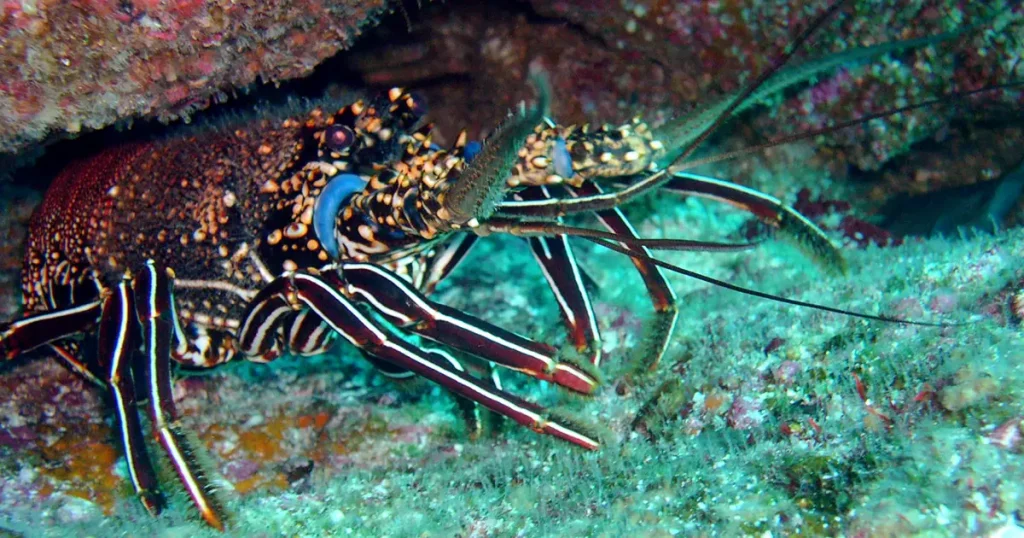Supporting the Control of the Invasive Parasitic Fly Philornis downsi
The invasive Avian vampire fly Philornis downsi is one of the greatest threats to the endemic landbirds of the Galápagos Islands.
Accidentally introduced to Galápagos back in 1964, its blood-sucking larvae are now spread across the islands and have been decimating the eggs and hatchlings of landbirds across the Archipelago. The fly larvae feed on the blood and tissue of nestling birds, including feeding inside the birds’ nostrils. The fly larvae parasitize nearly every passerine species, including 12 species of Darwin’s finches and the critically endangered Mangrove Finch.

Galápagos Conservancy is supporting urgent research to find solutions for the control of Philornis downsi to help save threatened Galápagos landbirds. The aim is to mitigate the impact of this fly in the short- and long-term through the development of a self-fumigation technique in which scientists provide nesting materials that have already been treated with larvae growth-inhibiting insecticides.
The self-fumigation technique used in this investigation, carried out by scientists from the Charles Darwin Foundation, shows promise for controlling the “Avian Vampire Fly” in inaccessible nests of threatened bird species.
For example, during the project’s development, the Vermilion Flycatchers and birds from 10 different species took nest material from the dispensers this year. As a result, parasite numbers in nests were reduced, with a marked increase in chick survival.

Dr. Jorge Carrión, Conservation Director of the Galapagos Conservancy, pointed out that the Avian vampire fly locates birds’ nests to lay their eggs. When the larvae hatch, they feed on the blood of the young, which can cause the death of chicks in the nest. “For Galapagos, invasive species control and possible eradication is a priority. One of the most aggressive is the Avian vampire fly, so we support this investigation project to control this invasive fly,” said Carrión.



